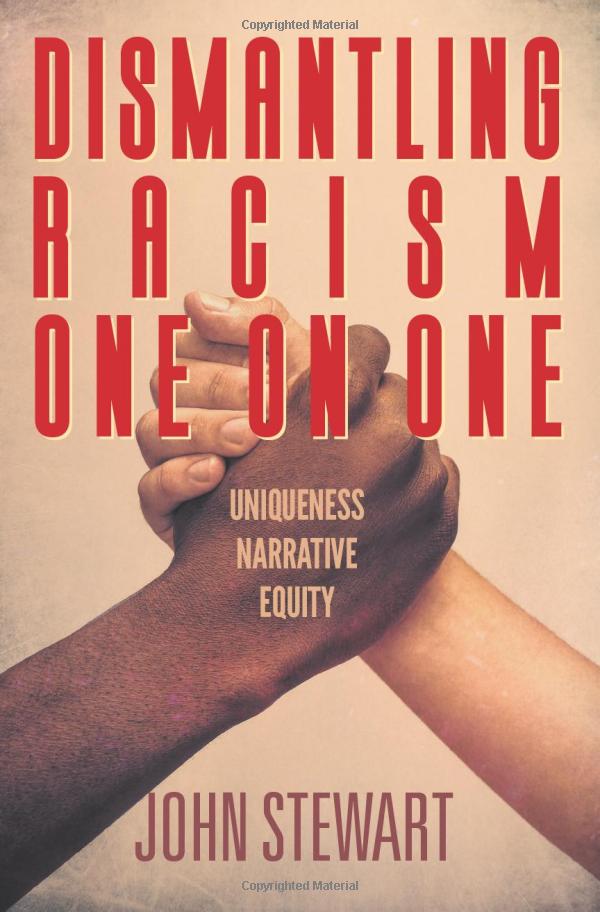Has my experience ever happened to you? I’m in a workshop at a national conference with a group of mostly strangers. The leader predictably asks us to participate in an icebreaker that, unpredictably, is interesting and novel. I converse for a couple of minutes with a pleasant guy taller than me whose name is vaguely familiar.
The feeling is eerie. This guy is really a listener. I find myself sharing information that’s pretty intimate for a first meeting and learning some impressively inside information about him. Both of us comment about the depth of this brief meeting. I don’t know whether to attribute it to serendipity, synchronized astrological signs, familiarity from previous lives, or what, but it’s uncanny. It feels as if we’ve known each other for years.
Similar experiences happen in the best of times with family members and good friends. I also recall connecting this way with a counselor who’d worked with me for more than a year. The sense of attunement is palpable and very rewarding. When this happens, I feel good, connected, even loved. Research says these experiences contribute significantly to the quality of my life. http://www.ncbi.nlm.nih.gov/pubmed/16050855
What’s going on when this happens? For centuries, scholars and poets have tried to explain this experience and photographers and painters have worked to image it. For teachers & scholars, “empathy” has been the most common label, an experience vaguely described as “feeling what the other’s feeling.” But, since we’re taught that nobody can literally experience another’s emotional state, we’re left wondering if the sometimes eerie, uncanny feeling is just a projection of our own neediness or naiveté.
Neuroscientists now label this experience “feeling felt” and explain it using the terms “resonance circuits” and “mirror neurons.” http://www.adineu.com.ar/IMITATION%20EMPATHY%20AND%20MIRROR%20NEURONS%20IACOBONI.pdf They report that specific areas of our brains perceive intentional actions of others and use this perception to prime our motor systems to engage in the same action. “. . .what we see we become ready to do, to mirror others’ actions in our own behaviors”[1]
When we do some of what we’re primed to do, the other person experiences us performing subtle aspects of what she just felt and did, almost as if she were looking at and feeling into a mirror, rather than at our face and into our eyes. No wonder it can be eerie!
But it’s natural, normal, part of what our amazing brains empower each of us to do. Various training and self-help programs can strengthen our natural abilities to develop this kind of attunement. Mindfulness meditation exercises (http://www.shambhalasun.com/index.php?option=content&task=view&id=2125) can develop your ability to activate your resonance circuits. Daniel Siegel’s books and videos are powerful (http://www.youtube.com/watch?v=FXxrJEnIboM). And you can learn the practical skills and get feedback about your progress in interpersonal communication classes and workshops.
The book I’m writing (U&ME: Creating Moments that Matter) is designed to help develop this kind of attunement in a number of life arenas, including online contacts, courtship and dating, family communication, business, learning situations, spiritual and religious contexts, and politics. If you’re interested in a preview, contact me at jstewart2375@gmail.com.
[1] (D.J. Siegel, the Mindful Brain: Reflection and Attunement in the Cultivation of Well-Being. N.Y.: W.W. Norton, 2007, p, 347.)


